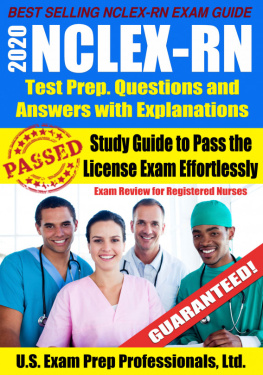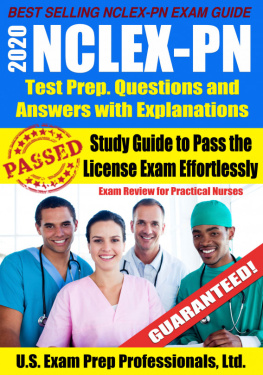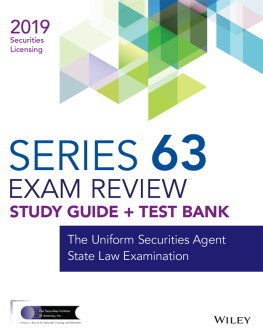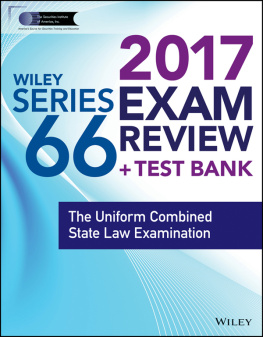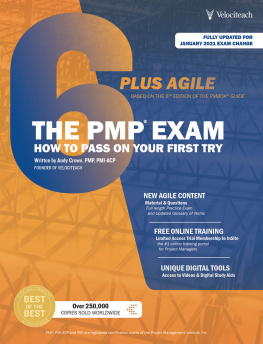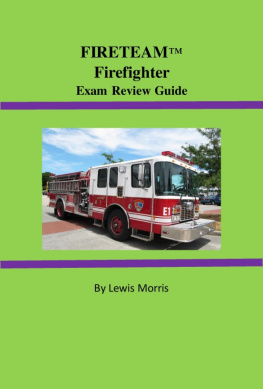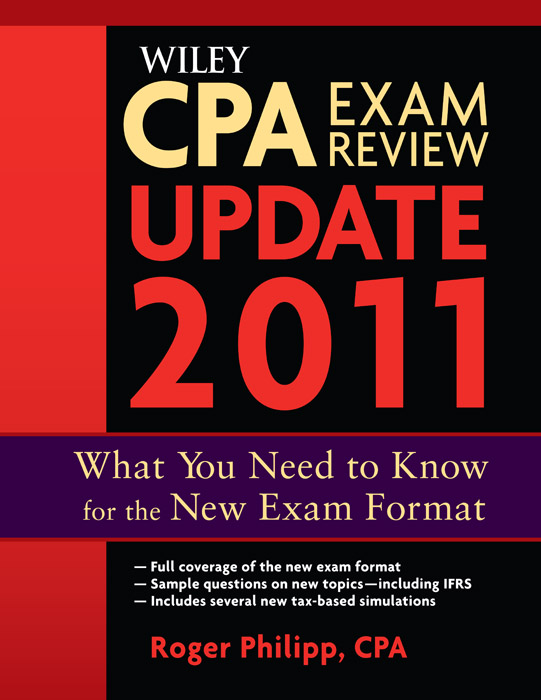WILEY
CPA EXAM REVIEW
UPDATE
2011
The following items, Copyright by the American Institute of Certified Public Accountants, Inc., are reprinted with permission:
1. Material from Uniform CPA Examination Questions and Answers, 1978 through 2000.
2. Example audit reports from Statements on Auditing Standards and Statements on Standards for Accounting and Review Services.
3. Information for Uniform CPA Examination Candidates, Board of Examiners, 2000.
4. Material from AU 319 (SAS 55 and SAS 78) and an AICPA Audit Guide, both titled Consideration of Internal Control in a Financial Statement Audit.
5. Material from AICPA Auditing Procedures Studies: Consideration of the Internal Control Structure in a Computer Environment: A Case Study; Auditing with Computers; Auditing in Common Computer Environments; Audit Implications of EDI.
6. Material from the Certified Internal Auditor Examination, Copyright 1994 through 1997 by the Institute of Internal Auditors, Inc., is reprinted and/or adapted with permission.
7. Material from the Certified Management Accountant Examinations, Copyright 1993 through 1997 by the Institute of Certified Management Accountants, is reprinted and/or adapted with permission.
Material adapted, with permission, from Writing for Accountants , Aletha Hendrickson, South-Western Publishing Co., 1993.
This book is printed on acid-free paper. 
Copyright 2011 by John Wiley and Sons, Inc. All rights reserved.
Published by John Wiley and Sons, Inc., Hoboken, New Jersey.
Published simultaneously in Canada.
No part of this publication may be reproduced, stored in a retrieval system or transmitted in any form or by any means, electronic, mechanical, photocopying, recording, scanning or otherwise, except as permitted under Section 107 or 108 of the 1976 United States Copyright Act, without either the prior written permission of the Publisher, or authorization through payment of the appropriate per-copy fee to the Copyright Clearance Center, 222 Rosewood Drive, Danvers, MA 01923, 978-750-8400, fax 978-646-8600, or on the Web at www.copyright.com . Requests to the Publisher for permission should be addressed to the Permissions Department, John Wiley and Sons, Inc., 111 River Street, Hoboken, NJ 07030, 201-748-6011, fax 201-748-6008, or online at http://www.wiley.com/go/permissions .
Limit of Liability/Disclaimer of Warranty: While the publisher and author have used their best efforts in preparing this book, they make no representations or warranties with respect to the accuracy or completeness of the contents of this book and specifically disclaim any implied warranties of merchantability or fitness for a particular purpose. No warranty may be created or extended by sales representatives or written sales materials. The advice and strategies contained herein may not be suitable for your situation. You should consult with a professional where appropriate. Neither the publisher nor author shall be liable for any loss of profit or any other commercial damages, including but not limited to special, incidental, consequential, or other damages.
For general information on our other products and services or for technical support, please contact our Customer Care Department within the US at 800-762-2974, outside the US at 317-572-3993 or fax 317-572-4002.
Wiley also publishes its books in a variety of electronic formats. Some content that appears in print may not be available in electronic books. For more information about Wiley products, visit our Web site at www.wiley.com .
ISBN 9781118011485 (book); ISBN 9781118016374 (ebk);
ISBN 9781118016381 (ebk); ISBN 9781118016398 (ebk)
1 INTRODUCTION
Using This Information
The CPA Exam
Purpose
Structure
Types of Questions
Auditing and Attestation4 Hours
Financial Accounting and Reporting4 Hours
Regulation3 Hours
Business Environment and Concepts3 Hours
New Research Task Format (2010)
Skill Specification Outlines (SSOs)
Weights
Knowledge and Understanding
Application of the Body of Knowledge
Written Communication
Outlines
A Few Interesting Facts about the Computerized Exam
Auditing and Attestation (AUD)
Auditing and Attestation Content Specification Outline
ReferencesAuditing and Attestation
Financial Accounting and Reporting (FAR)
Financial Accounting and Reporting Content Specification Outline
ReferencesFinancial Accounting and Reporting
Regulation (REG)
Regulation Content Specification Outline
ReferencesRegulation Ethics, Professional and Legal Responsibilities, and Business Law
Business Environment and Concepts (BEC)
Business Environment and Concepts Content Specification Outline
ReferencesBusiness Environment and Concepts
CBTeExam Changes Effective 01/01/2011
Summary of 01/01/2011 CSO Changes
USING THIS INFORMATION
This booklet is by no means a comprehensive stand-alone study guide but instead is meant as a supplement to review lectures and practice questions. This information will familiarize candidates with the exam and all CBT-e changes including content, scoring weights, and the new exam formats. This information can accompany any 2010 CPA exam review materials purchased from any vendor but should not be used alone to prepare for the 2011 CPA exam.
Each of the four topics is broken down between the newly created material and any material that was previously tested but is shifted or moved from one topic to another in the CPA exam after January 1, 2011. All current CSOs/SSOs may be found on the AICPA's Web site at www.aicpa.org; candidates are encouraged to stay current on exam changes in the event they are using older or outdated review materials. This booklet provides CSOs to be tested in 2011, but this information is subject to change by the AICPA Board of Examiners.
This material provides new and updated information when used in conjunction with other CPA Review material. If a candidate has not prepared for the CPA exam previously, it is recommended that he or she purchase new study material for the new 2011 CPA exam. This booklet on its own will not provide enough information to prepare for the exam but will familiarize candidates with the new format and outline topics tested in 2011.
THE CPA EXAM
Purpose
The Uniform CPA Examination is designed to test the entry-level knowledge and skills necessary to protect the public interest. These skills and required knowledge base were identified through a Practice Analysis performed in 2000, which served as a basis for the development of the content specifications for the new exam. The skills identified as necessary for the protection of the public interest include:
- Knowledge and Understanding. Expertise and skills developed through learning processes, recall, and reading comprehension. Knowledge is acquired through experience or education and is the theoretical or practical understanding of a subject; knowledge is also represented through awareness or familiarity with information gained by experience of a fact or situation. Understanding represents a higher level than simple knowledge and is the process of using concepts to deal adequately with given situations, facts, or circumstances. Understanding is the ability to recognize and comprehend the meaning of a particular concept.


